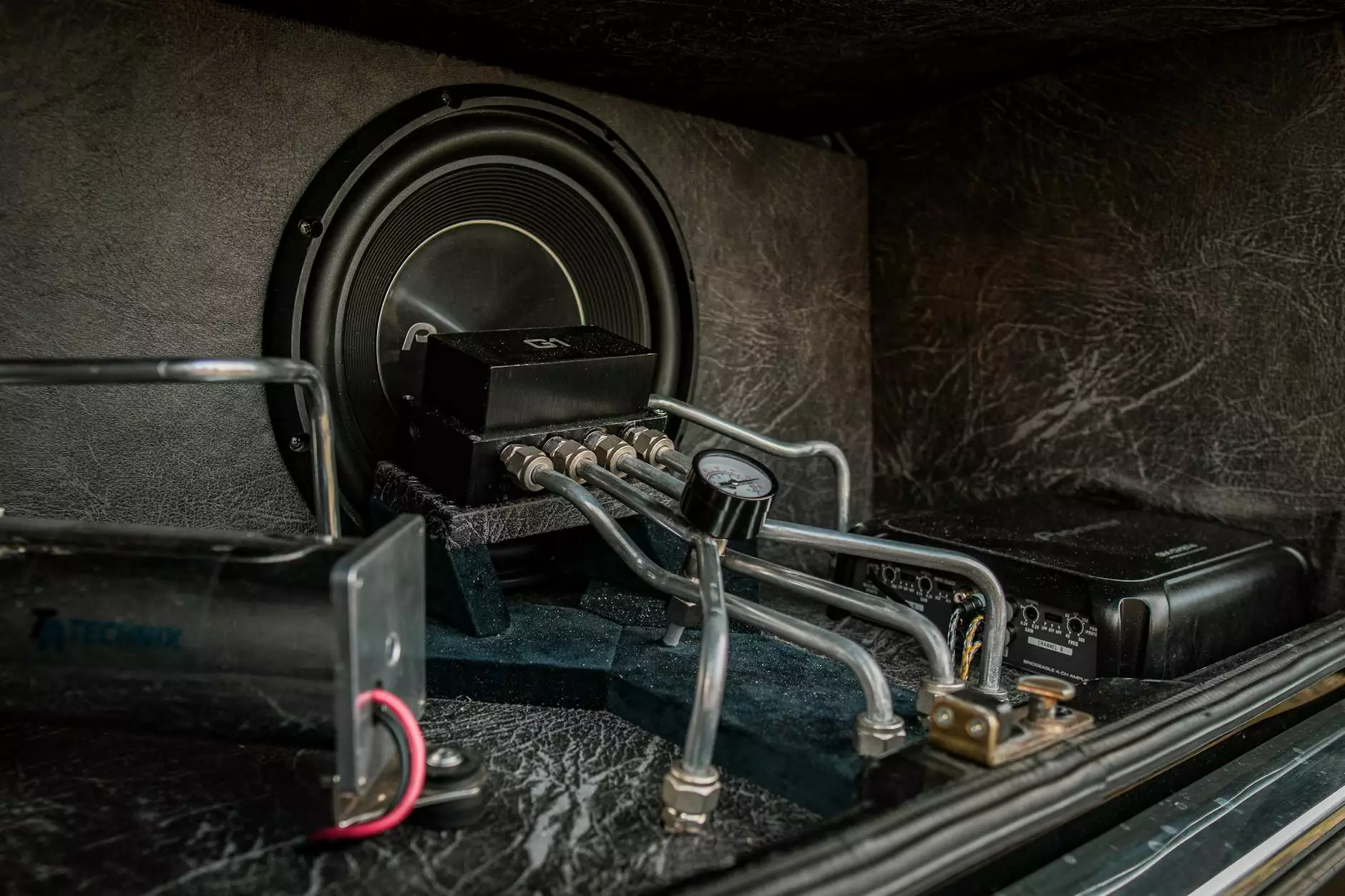Understanding the Capsular Pattern for Frozen Shoulder

Frozen shoulder, also known as adhesive capsulitis, is a condition characterized by stiffness and pain in the shoulder joint. The term capsular pattern for frozen shoulder refers to the specific pattern of movement restrictions that occur as a result of this condition. In this comprehensive article, we will delve into the nuances of frozen shoulder, discuss its symptoms, explore the capsular pattern, and look at effective treatment strategies through chiropractic care and physical therapy.
What is Frozen Shoulder?
Frozen shoulder occurs when the connective tissue surrounding the shoulder joint becomes inflamed and thickened, leading to restricted range of motion. This condition often develops gradually and can be quite debilitating, severely impacting a person's quality of life.
Symptoms of Frozen Shoulder
Individuals with frozen shoulder may experience a variety of symptoms, including:
- Pain: Initially, the pain may be dull and achy.
- Stiffness: The shoulder feels stiff, making it difficult to move.
- Reduced Range of Motion: Specific movements become limited, impacting daily activities.
- Night Pain: Pain may worsen at night, disrupting sleep.
The Capsular Pattern for Frozen Shoulder
The capsular pattern for frozen shoulder is crucial in diagnosing the condition and planning treatment. The typical capsular pattern of restriction can be described as:
- External Rotation: This is typically the most limited movement.
- Abduction: The next most affected movement, leading to difficulty lifting the arm sideways.
- Internal Rotation: This movement tends to be the least restricted, but still shows some limitation.
Understanding this pattern not only aids in accurate diagnosis but also assists healthcare professionals in determining the most effective treatment protocols.
The Stages of Frozen Shoulder
Frozen shoulder typically progresses through three distinct phases:
- Freezing Stage: The shoulder pain worsens and range of motion becomes noticeably limited.
- Frozen Stage: Pain levels may decrease, but stiffness persists, significantly limiting movement.
- Thawing Stage: Gradual recovery occurs, with a slow return of mobility and function.
Diagnosis of Frozen Shoulder
To diagnose frozen shoulder and identify the specific capsular pattern, healthcare providers will typically conduct a physical examination that includes:
- Patient History: Gathering information about the onset and location of pain.
- Physical Examination: Assessing the range of motion through various shoulder movements.
- Imaging Tests: In some cases, an MRI or X-ray may be used to rule out other shoulder issues.
Treatment Options for Frozen Shoulder
Effective treatment for frozen shoulder often involves a combination of therapeutic strategies. Here are the primary approaches:
Chiropractic Care
Chiropractors play a vital role in managing frozen shoulder through various techniques, including:
- Spinal Manipulation: Adjustments to the spine may relieve shoulder tension and enhance overall mobility.
- Soft Tissue Therapy: Addressing the muscles and connective tissues around the shoulder joint to reduce restrictions.
- Posture Correction: Educating patients on proper posture to minimize shoulder strain.
Physical Therapy
Physical therapy is often essential in the recovery from frozen shoulder, focusing on:
- Stretching Exercises: Specific exercises that focus on gradually increasing shoulder mobility.
- Strengthening Exercises: Improving shoulder stability through targeted strengthening methods.
- Manual Therapy: Utilizing hands-on techniques to improve joint mobility.
Medications and Other Therapies
In addition to chiropractic and physical therapy, other treatment options may include:
- Nonsteroidal Anti-Inflammatory Drugs (NSAIDs): To help control pain and inflammation.
- Corticosteroid Injections: To reduce inflammation within the joint.
- Surgery: In severe cases, surgical intervention may be necessary to restore motion.
Preventing Frozen Shoulder
While not all frozen shoulder cases can be prevented, there are proactive measures that can help reduce the risk:
- Regular Exercise: Maintaining shoulder flexibility and strength through regular activity.
- Avoiding Immobilization: Staying active and avoiding prolonged periods of immobility, especially after surgery or injury.
- Managing Medical Conditions: Controlling conditions such as diabetes that may increase the risk of adhesive capsulitis.
Conclusion
In summary, the capsular pattern for frozen shoulder is a critical aspect in understanding and managing this debilitating condition. Prompt recognition and appropriate treatment—encompassing chiropractic care and physical therapy—can lead to significant improvements in shoulder function and quality of life. If you are experiencing symptoms of frozen shoulder, consulting a healthcare professional well-versed in these therapies, such as those at IAOM-US, can provide you with a tailored approach to recovery.
Call to Action
If you have further questions about the capsular pattern for frozen shoulder or would like to explore your treatment options, don’t hesitate! Reach out to IAOM-US today for expert care in the fields of chiropractic and physical therapy, and take the first step towards reclaiming your shoulder mobility.









